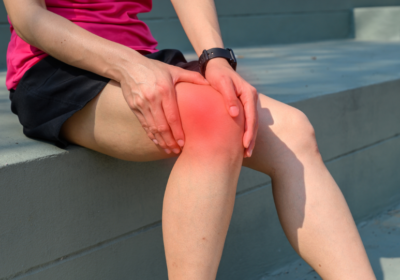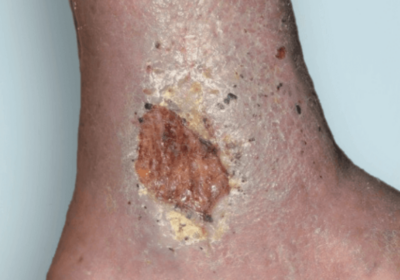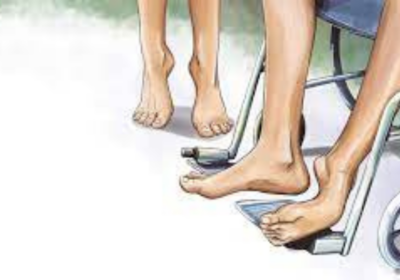Snehapana- Internal Oleation Therapy

- Abhyanthara Snehapana or Internal Oleation is a practice in which a specific amount of Ghee (fat) is ingested in a gradually increasing dose for a particular duration of time.
- ’Abhyanthara’ means ‘Internal’; ‘Sneha’ means ‘Fats’ and ‘Pana’ means ‘to drink or consume’.
- Though the idea of drinking large amounts of Ghee or Fats might sound alarming, numerous studies have actually proven that short-term escalating large amounts of Sneha (fats) does not shoot up Blood Lipid Levels. In fact, studies have claimed that Snehapana actually caused significant weight loss and reduction in Blood Lipid Levels.
- Maximum period for the administration of Snehapana is usually up to 3,5 or 7 nights, based on the digestive capacity of the patient.
People who are eligible for Snehapana
| Elderly and weak people | Those with Vata Rogas (Rheumatic Disorders) |
| Psychiatric disorders | Children |
| Conjunctivitis | Intestinal Worms |
| Obesity | Skin disorders like Psoriasis |
| Sinus Ulcer | Those fit for Sudation (Heat Therapy) and Ayurvedic detox |
| Constipation | Uterine Prolapse |
TYPES OF SNEHAPANA
- ACCHA SNEHA- Intake of large quantities of Sneha (fats) alone without mixing with other substances. This type is considered the best in Snehana Therapy.
- VICHARANA SNEHA- Internal administration of Sneha (fats) with other formulations. It is considered less potent as compared to Accha Sneha.
Properties of Various types of Sneha (Fats)
There are 4 types of Sneha as per Ayurveda
- Ghee
- Oil
- Animal Fats
- Bone Marrow
Properties of Ghee
- One of the ideal properties of Ghee is that it absorbs the properties of the drug with which it has been processed, hence Ghee can be used in almost
- Best for Vata-Pitta body types
- Useful for those suffering from disorders of Vata and Pitta
- Useful for Obese and Malnourished patients
- Has a cooling and soothing effect on the body
- Ideal for Burns and Wounds
- Conducive to Shukra Dhathu (Reproductive Tissue) and promotes Vitality
Properties of Oil
- Has wondrous effects on Vata (Rheumatic) disorders, and promotes strength to the body.
- Useful for those afflicted with Hard stools (Constipation), Sinus Ulcers, Intestinal Worms, etc
- Promotes Strength, sturdiness, and smoothness to the body.
Properties of Animal-fat
- Helps reduce Vata disorders (Rheumatic disorders).
- Similar to meat in properties by promoting strength and virility to the patient
- Prescribed for Traumatic injuries like Fractures, Uterine Prolapse, earache, Emaciation, headache, etc
- Can be consumed by those with excellent digestive strength, those who have strenuous physical jobs like carrying heavy loads and diseases involving excruciating pain of ligaments, tendons, etc
- Can be only given to patients eligible for Snehapana Therapy
Properties of Bone Marrow
- Terrific results for those affected by Vata disorders
- Should be consumed by persons with excellent digestive fire, those who can withstand stress, greedy eaters, carry heavy loads, have excessive coitus, face strong winds, and those who are adapted to consuming Fats and Oils.
- Promotes strength and sturdiness in the individual
- Also excellent for Uterine Prolapse, pain due to Burns, Joint pains, Diseases of Ligaments, tendons, and Abdominal Viscera.
SIGNIFICANCE OF SNEHAPANA
When a large amount of fat is consumed in a short period of time as part of Snehapana Therapy, the fats saturate at the cell level, causing Oxidative Stress and causing the cells to purge out cell toxins. As a result, our Plasma level rises, and our body responds by transporting the elevated Plasma to the Gastro-Intestinal Tract. Other detox techniques, such as Vamana (Emesis Therapy) and Virechana (Purgation Therapy), come into play at this point, resulting in the expulsion of accumulated toxins and the improvement of symptoms.
PROCEDURE
- A patient who is eligible for Snehapana as per the physician is advised to take Sneha (dose decided by the physician according to the digestive power and strength of the patient) on an empty stomach 15 to 30 minutes before sunrise.
- The patient is then told to rinse his mouth with warm water and go for a stroll.
- Some self-limiting symptoms like Headache, Drowsiness, Anorexia, Fatigue, Thirst, etc may be observed in the patient while the Sneha is digesting.
- These symptoms subside once the Sneha has been digested. The appearance of clear eructations (burps), a feeling of lightness, and hunger indicate Digestion of the Sneha.
SIGNS OF PROPER SNEHAPANA
- Expulsion of gas from the bowels
- Improved appetite
- Appearance of loose, fatty stools
- Laxity of the limbs
- Oiliness of the body and skin
REGIMEN TO FOLLOW FOLLOWING SNEHAPANA
- Consumption of hot, liquid, clean, and non-greasy diet in sufficient quantities.
- Drink hot water
- Abstinence from Coitus
- Sleep only at night. Day sleep is not encouraged.
- Do not suppress natural urges like Hunger, Thirst, Urge to defecate or urinate, etc
- No exercise
- Stay away from dusty and windy places.
- Avoid greasy food
Click here to know more about other detox therapies like Vasti (Ayurvedic Enema)





Leave a Reply
You must be logged in to post a comment.